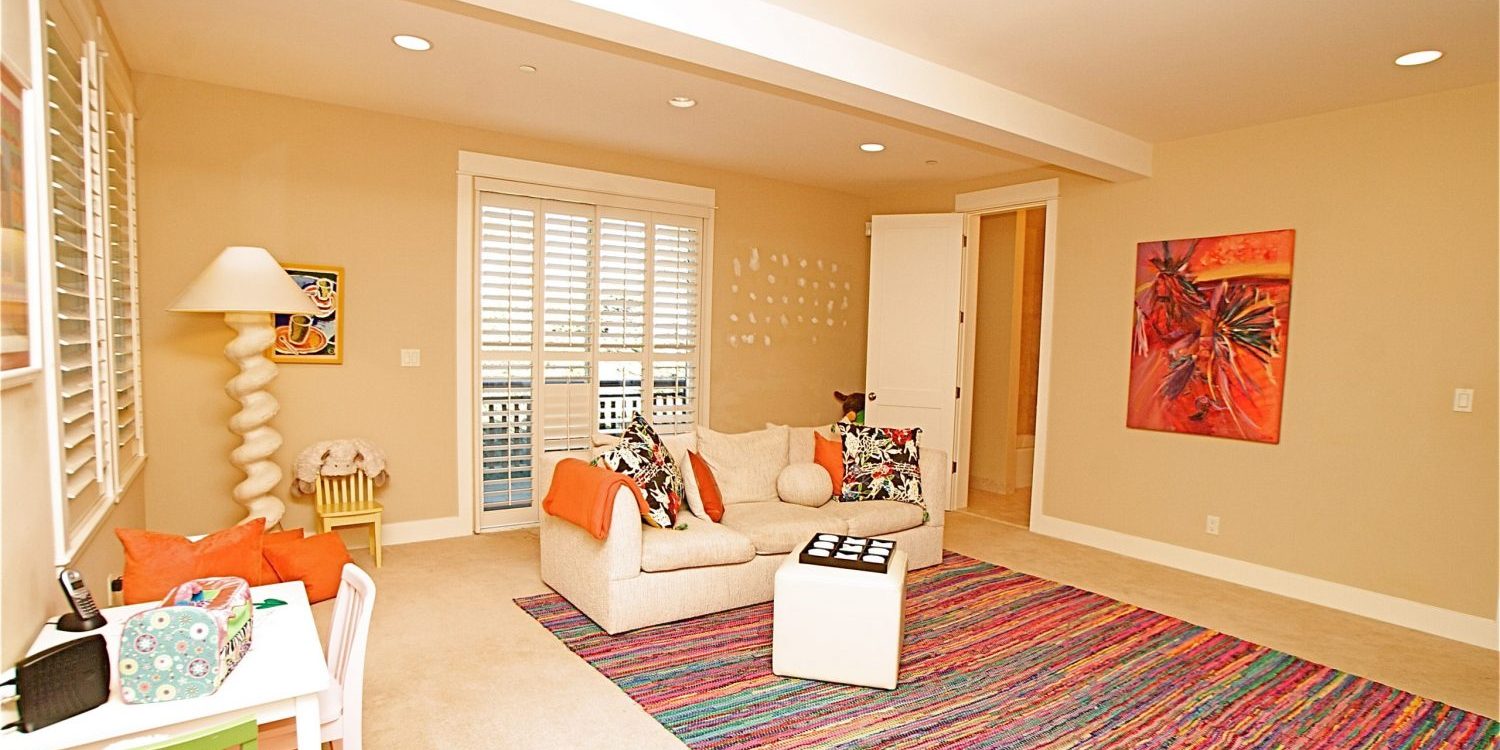Indoor air isn’t paid as much heed as ambient air. Owing to this ignorance, there are many myths which revolve around the indoor air and the pollution. These 10 myths surrounding indoor air will help you understand the dangers of indoor air.
First Myth: Indoor air is cleaner in comparison to outdoor air.
Truth: Indoor air is 2 to 5 times more dangerous than the outdoor air.
Second Myth: Freshly painted walls make your home appear cleaner and fresher.
Truth: Interior wall paints and varnishes are a significant source of Volatile Organic Compounds (VOCs), one of the major indoor air pollutants, making the air harmful to breathe.
Third Myth: High levels of humidity are good for the dry air in your homes.
Truth: Moisture content in the air above 40% begins to breed fungi, mold and other irritants that are bad for you to breathe.
Fourth Myth: Smoking tobacco products in a wide indoor area is not harmful to you.
Truth: Using tobacco products indoors is much dangerous than when used outdoors and poses serious health implications on your eyes, throat and nose, especially in children.
Fifth Myth:
Newly constructed homes are not at risk of having indoor air pollution.
Truth: Polar opposite to that, newly built homes are at greater risk of succumbing to indoor air pollution because of the formaldehyde from furnishings, such as cabinets, carpets, furniture, and paints.
Sixth Myth: The central heating system of your home, chimneys and ducts need to be checked once in several years.
Truth: It’s important to inspect chimneys and ducts every year because little cracks in furnaces or blockages in ducts can lead to severe health problems and leakage of Carbon Monoxide gas in the air.
Seventh Myth: The indoor air in your home should smell somewhat good when you come from outdoors.
Truth: When you step inside your home, the indoor air shouldn’t smell like anything; no odor of any sort.
Eighth Myth: Unvented supplement heaters are safe to use and do not cause any harm.
Truth: Any heating appliance, such as stove emits by-products, one of them being carbon monoxide. Cross-ventilation is necessary when using such devices.
Ninth Myth: A furnace filter is all that you need to keep the air in your home clean.
Truth: A furnace filter only provides protection from the emissions from household heating systems. You need to have other options as well, such as indoor air purifier with multiple filters at your home.
Tenth Myth: Radon gas doesn’t exist in many homes.
Truth: Radon gas is invariably present in most of the homes in rock formations beneath your homes or in building material. It may not be easy to detect as it is an invisible, tasteless, odorless and colorless gas, but it’s a radioactive gas potential of causing lung cancer.
Now, that these myths are busted, it’s time that you take indoor air pollution and measures to eradicate it more seriously!
Picture Credits: Brad Coy







